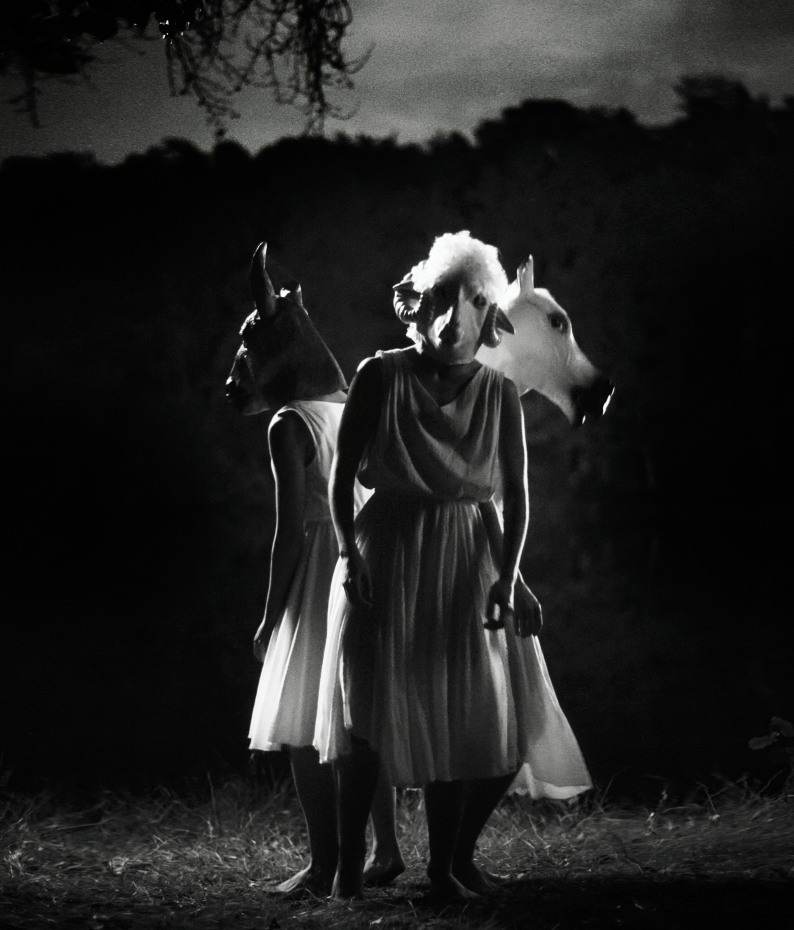On the occasion of Yael Bartana's co-representation of Germany at the upcoming 60th Venice Biennale, Annet Gelink Gallery dedicates its project space to the artist.
On view is Zukunftsbewältigung (Overcoming the Future) from 2023,a video that explores the human capacity for hope and its influence on shaping our political imagination. The work is a culmination of Bartana’s enduring research into the intersection of history, ideology, and social upheaval, drawing inspiration from the 1920s.
The 1920s were an era in which dance, movement, and civil unrest became more intertwined. On the one hand, physical expression became appropriated by the state and used as nationalist propaganda. At the same time, reform movements discovered dance’s potential for protest and the reclamation of a certain freedom.
For this work, Bartana drew inspiration from the Laban Choreographic Institute, which opened its doors in 1927 in the Berlin-Grunewald area. The Institute was founded by Hungarian choreographer Rudolf von Laban (1879-1958) and became a prominent place for the development of a kinetographic style of expressionist - and later modern - dance.
Von Laban based his work on the principles of Lebensreform (life-reform movement), a social movement aimed at promoting a healthier and more natural way of living, in response to the perceived negative impacts of industrialisation and urbanisation. Physical work was perceived as a way to improve not merely physical strength, but also mental well-being. Drawing inspiration from this life-reform movement, Von Laban developed a notation system to document and analyse movement, known as ‘’Labanotation’’.
Bartana takes this notation system as a metaphorical framework through which she examines the relation between physicality, social dynamics, and ritualistic gestures. Navigating between utopian ideals and dystopian scenarios, Zukunftsbewältigung underscores the mechanisms of power structures while embracing human’s ability for hopeful imagination.

